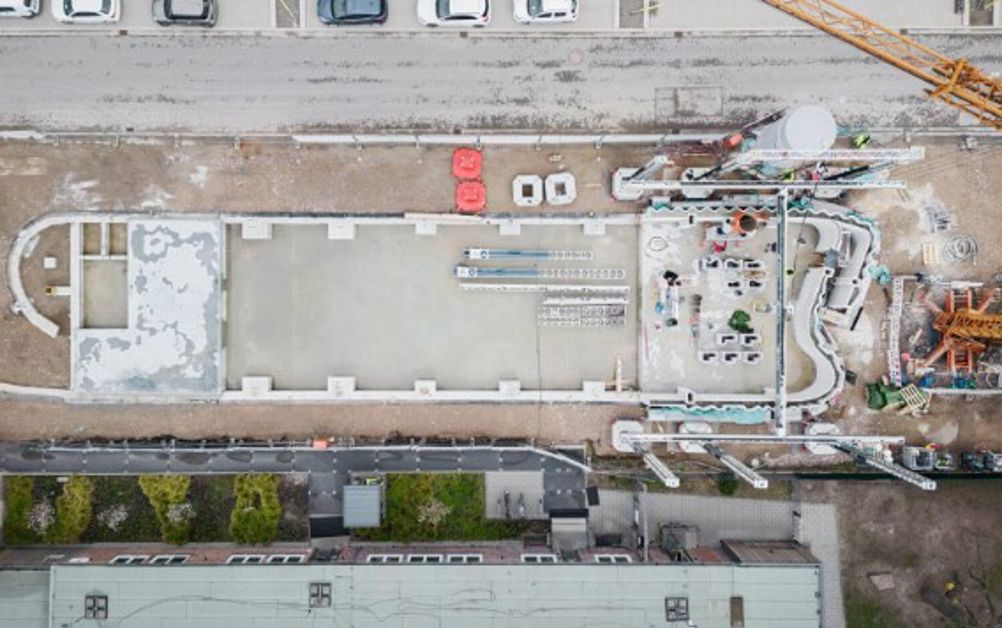Once used only for making small models and prototypes, 3D printing technology is now deployed across an increasingly wide range of different sectors and application areas, including - most recently- in construction. One of the firms at the forefront of this push is Danish company COBOD, which hopes to transform the way we tackle the demand for more housing.
Starting in Copenhagen in 2017 with the first ever 3D printed building, COBOD has been producing buildings in a revolutionary way for 6 years. The company’s goal is to produce printers which automate upwards of 50% of the construction process whilst reducing the soaring CO2 emissions of the construction industry - quite the task.
The company’s latest project is the construction of an innovative 3D printed building in the city of Heidelberg, Germany. Designed by SSV Architekten and Mense Korte and built using COBOD's BOD2 3D construction printer, this new 600 square metre, 9 metre high server hotel will be the largest 3D printed building in Europe.
COBOD’s printer is a large scale, modular truss structure that extrudes a range of cement-based composite materials to construct the fundamental components of a building. According to the company, the latest version of the of print is capable of fulfilling more complex architectural briefs than its predecessor.
The ability to change the size of the printer, nozzles, or the material printed, means that it can produce a wide range of structures and shapes, whilst the modular nature of the system means that it can be expanded to produce bigger components than ever before.

Construction began in late March 2023 and is due to be finished by the end of next month (July 2023). In the meantime, the company is exploring the application of its technology to a range of other structures around the world, including a 3D printed school in Lviv, Ukraine and what it claims is the world’s first 3D printed medical centre in Saraburi, Thailand.
Commenting on the firm’s mission, press spokesperson Yelyzaveta Symonenko said that the increased drive for greater sustainability is at the heart of its activities: “COBOD invests a lot in R&D to explore new opportunities, advance our technology and materials. Moreover, we cooperate with leading cement manufacturers, such as CEMEX and Holcim. These giants have a lot more workforce and expertise, so we gladly join forces and work together towards reducing the CO2 footprint of concrete used in construction, and specifically in the 3D construction industry. One example is the D.fab admixture, developed by COBOD and CEMEX, that reduced CO2 footprint with 50% compared to first generation mortar printable material.”











McMurtry Spéirling defies gravity using fan downforce
Ground effect fans were banned from competitive motorsport from the end of the 1978 season following the introduction of Gordon Murray's Brabham...